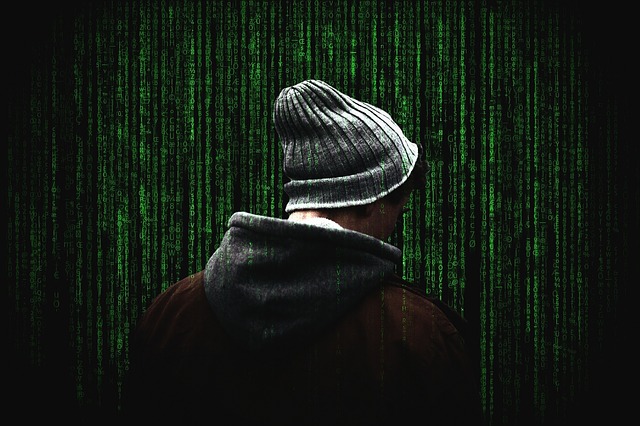Cyber insecurity has been a common issue during this digital age. There is a myriad of threats you are likely to face when using your smartphone or any other device to access the internet. Famous individuals and top organizations have also not been spared. Recently, unidentified hackers gained access to the Twitter accounts of politicians, technology moguls, top companies, and celebrities in a Bitcoin scam. A series of bogus tweets were then sent through accounts belonging to Barack Obama, Elon Musk, Joe Biden, Jeff Bezos, Bill Gates, Kanye West, and Mike Bloomberg.
They were later restored, and the bogus tweets deleted. Anybody can be affected. You are advised to be on high alert, especially during this period when most people are working from home. Some employers have had a rough time keeping up with their workers. This should not bother you because there are employee efficiency and productivity tools you can use to monitor your team. With them, you can have remote control of your employees’ computer activity. You should make sure the system you are using is secured from cyber threats.
Hacking cases have not gone down during this period when the world is facing a pandemic. Champaign-Urbana Public Health District in Illinois is one clinic that had its system hijacked by hackers who demanded ransom. They were quick to pay out hundreds of thousands of dollars to regain access to reduce the hassle of having to wait long to restore their system. You should follow several tips to stay free from different kinds of cyber threats you are likely to face. They include:
1. Do Not Click Malicious Links
You should avoid clicking every link that pops up on your screen or appears on different pages you are browsing online. This is one of the easiest ways you can grant hackers the chance to access your system. You should be able to differentiate between legitimate and malicious links. Top organizations should also take enough time to educate their workers and help them differentiate such links. This will reduce the chances of their systems being compromised. There are resources provided by the Electronic Frontier Foundation that can help you ensure your system is out of risk.
2. Use the Right Anti-Malware
You should also look for the right type of anti-malware to keep your device or system protected from ransomware attacks. There is a wide range of anti-malware known for their effectiveness in protecting systems and devices from such attacks. Take your time to identify the right malware protection that will keep your system free from such attacks. You should also update your malware more often to ensure that it has all the latest features to offer the required protection.
3. Change Your Passwords
To access your system, you are always required to key in a password. The kind of password you choose is essential in ensuring the software you are using is free from attacks. You should use a stronger password that will give hackers a difficult time trying to access your account. It should have different characters that make it hard to decipher. Changing your passwords more often is another trick you should follow to ensure your system is perfectly secured.
Data encryption is also vital in protecting all the essential information stored in your system. Those who gain access will have a difficult time understanding the kind of information stored in your device. You can outsource some of these services to trusted IT companies to ensure your data is well protected. How about you follow these tips to mitigate cyber threats.




